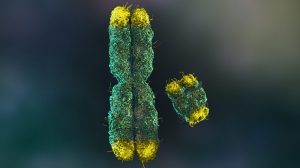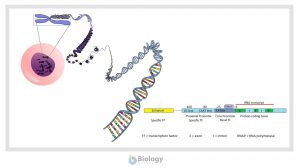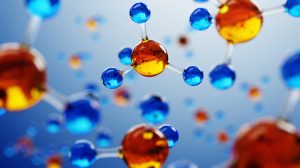Definition
noun, plural: neuroglia
A cell that surrounds a nerve cell that is responsible for providing mechanical and physical support, supplying nutrients and oxygen to the neuron, providing electrical insulation between neurons, and maintaining homeostasis
Supplement
Neuroglia is a non-neuronal cell of the nervous system. It is also called glial cells or glia, which is a Greek word meaning glue. The name comes from what appears to be the function of neuroglia, which is to act as a glue to neurons. Neuroglia is seen in nervous tissues as cells surrounding the neurons. They provide mechanical and physical support to the neurons. Their other main functions are to provide electrical insulation to one neuron from another. They also supply nutrients and oxygen to neurons. They also destroy pathogens and remove dead neurons. Thus, they are involved in maintaining homeostasis. Recent studies showed that neuroglia also have an effect on physiological processes such as breathing.1 Neuroglia cells were also shown to assist the neurons to form synaptic connections between each other.2
Word origin: Greek neuro-, combining form of neûron (sinew, tendon, cord) + Greek glía, gloía, gloiós (a glutinous substance, gum)
Synonym(s):
- glial cell
- glia
See also:
- neuron
- nerve cell
- nerve
- nervous system
Reference(s):
1 Swaminathan, Nikhil (Jan–Feb 2011). “Glia—the other brain cells”. Discover.
2 Wolosker H, Dumin E, Balan L, Foltyn VN (July 2008). “D-amino acids in the brain: D-serine in neurotransmission and neurodegeneration”. The FEBS Journal 275 (14): 3514–26.







